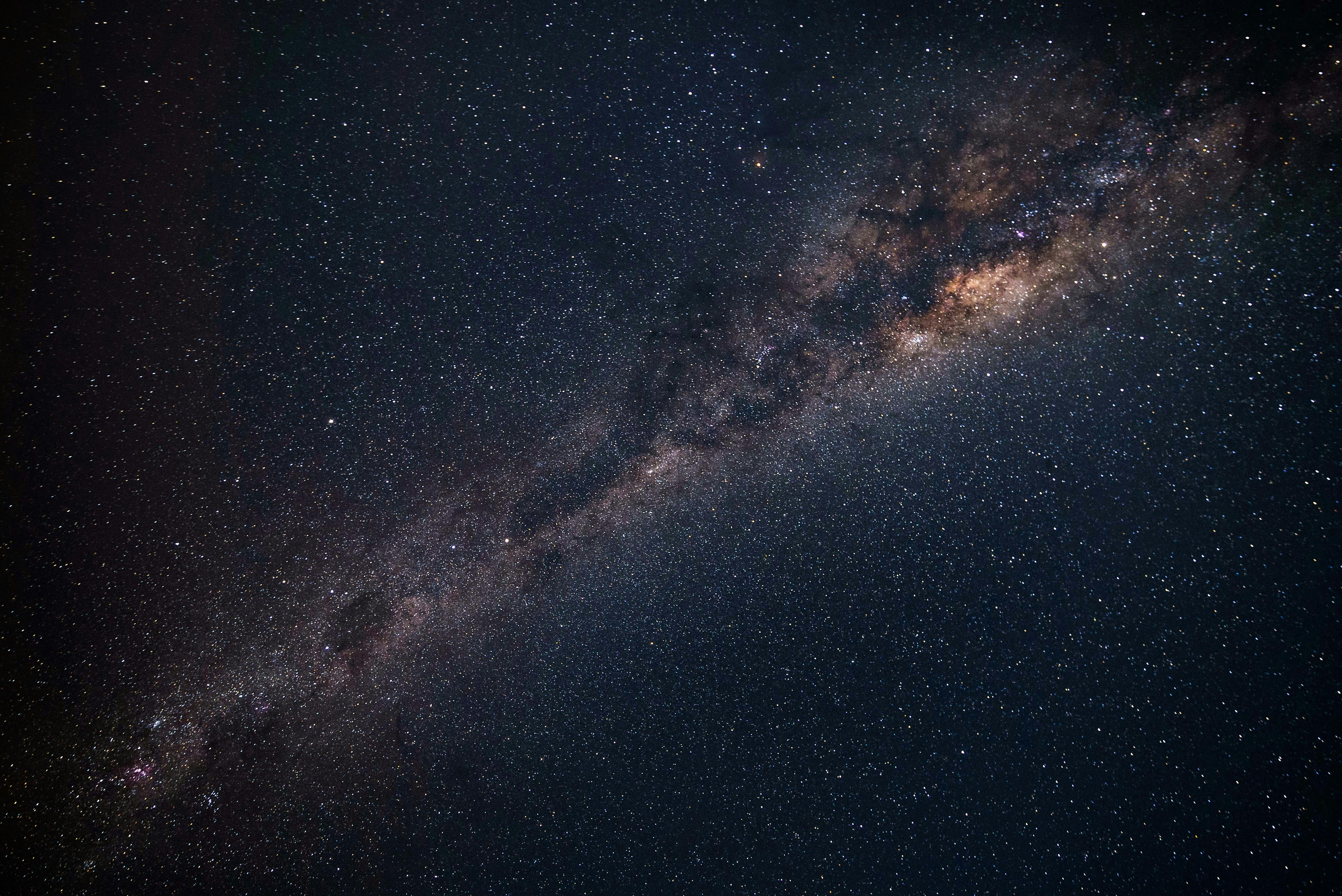Astro-Tourism: Stargazing Adventures Redefining Night-Time Travel
Imagine a journey where the destination is not a place, but a celestial spectacle. As city lights fade and constellations take center stage, astro-tourism is emerging as a captivating trend for those seeking to explore the cosmos from Earth. This unique form of travel combines astronomy, adventure, and cultural experiences, offering travelers a chance to witness the universe's grandeur while fostering a deeper connection with our planet and its diverse landscapes.

From the Aoraki Mackenzie International Dark Sky Reserve in New Zealand to the NamibRand Nature Reserve in Namibia, these locations provide unparalleled views of the Milky Way, planets, and distant galaxies. Many of these destinations have developed infrastructure to support astronomical observations, including observatories, guided tours, and specially designed accommodation that maximizes the stargazing experience.
Cultural Astronomy and Indigenous Star Lore
Astro-tourism isn’t just about observing celestial bodies; it’s also an opportunity to explore humanity’s long-standing relationship with the night sky. Many astro-tourism experiences incorporate cultural astronomy, offering insights into how different civilizations have interpreted and utilized celestial phenomena throughout history.
In Hawaii, for example, travelers can learn about Polynesian wayfinding techniques that rely on the stars for navigation. In Chile’s Atacama Desert, visitors can explore the astronomical knowledge of the indigenous Atacameño people alongside state-of-the-art observatories. This blend of ancient wisdom and modern science provides a rich, multifaceted experience that goes beyond mere observation.
Astrophotography: Capturing the Cosmos
The popularity of astro-tourism has coincided with advancements in digital photography, leading to a surge in astrophotography enthusiasts. Many dark sky destinations now offer workshops and tours specifically tailored to those looking to capture stunning images of the night sky.
From basic techniques for photographing star trails to advanced methods for capturing deep-sky objects, these experiences cater to a range of skill levels. Some tour operators even provide high-end equipment for rent, allowing travelers to experiment with astrophotography without investing in expensive gear.
Astro-Events and Festivals
Celestial events such as meteor showers, eclipses, and planetary alignments have become focal points for astro-tourism, with destinations around the world hosting festivals and viewing parties. These events often combine scientific talks, cultural performances, and stargazing sessions, creating immersive experiences that celebrate our connection to the cosmos.
The Bryce Canyon Astronomy Festival in Utah and the Starlight Festival in Portugal are prime examples of how astro-tourism can bring together diverse communities of space enthusiasts, scientists, and curious travelers. These gatherings not only provide opportunities for exceptional stargazing but also serve as platforms for education and awareness about light pollution and the importance of preserving our view of the night sky.
The Future of Astro-Tourism
As interest in astro-tourism grows, so does the industry surrounding it. Hotels and resorts in prime stargazing locations are adapting their offerings, with features like retractable roofs, in-room telescopes, and astronomy concierges becoming more common. Mobile apps and augmented reality technologies are enhancing the stargazing experience, making it more accessible and interactive for novice astronomers.
Looking ahead, the potential for astro-tourism extends beyond Earth. With the advent of commercial space travel, the concept of space tourism is no longer confined to science fiction. While currently limited to the ultra-wealthy, the possibility of experiencing the ultimate dark sky – from orbit – may become a reality for more travelers in the coming decades.
Celestial Travel Tips
-
Best time for stargazing: Plan your trip around the new moon for optimal darkness
-
Essential gear: Red flashlight, star chart or app, and warm layers even in summer
-
Dark sky etiquette: Use red light to preserve night vision and respect quiet hours
-
Acclimatization: Allow 20-30 minutes for your eyes to adjust to the darkness
-
Consider the season: Different constellations are visible at different times of the year
-
Book in advance: Popular astro-tourism destinations can fill up quickly, especially during major celestial events
Astro-tourism represents a profound shift in how we perceive and experience travel. By turning our gaze skyward, we not only explore the vastness of the universe but also gain a new perspective on our place within it. As this trend continues to evolve, it promises to offer travelers unique, awe-inspiring experiences that connect us with the cosmos and our shared human heritage.





